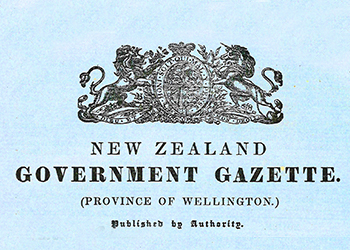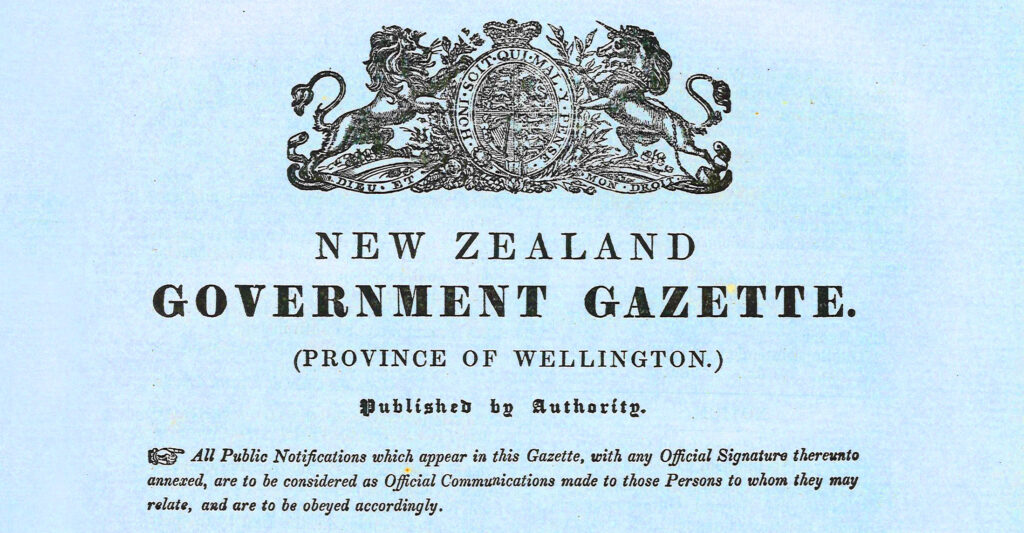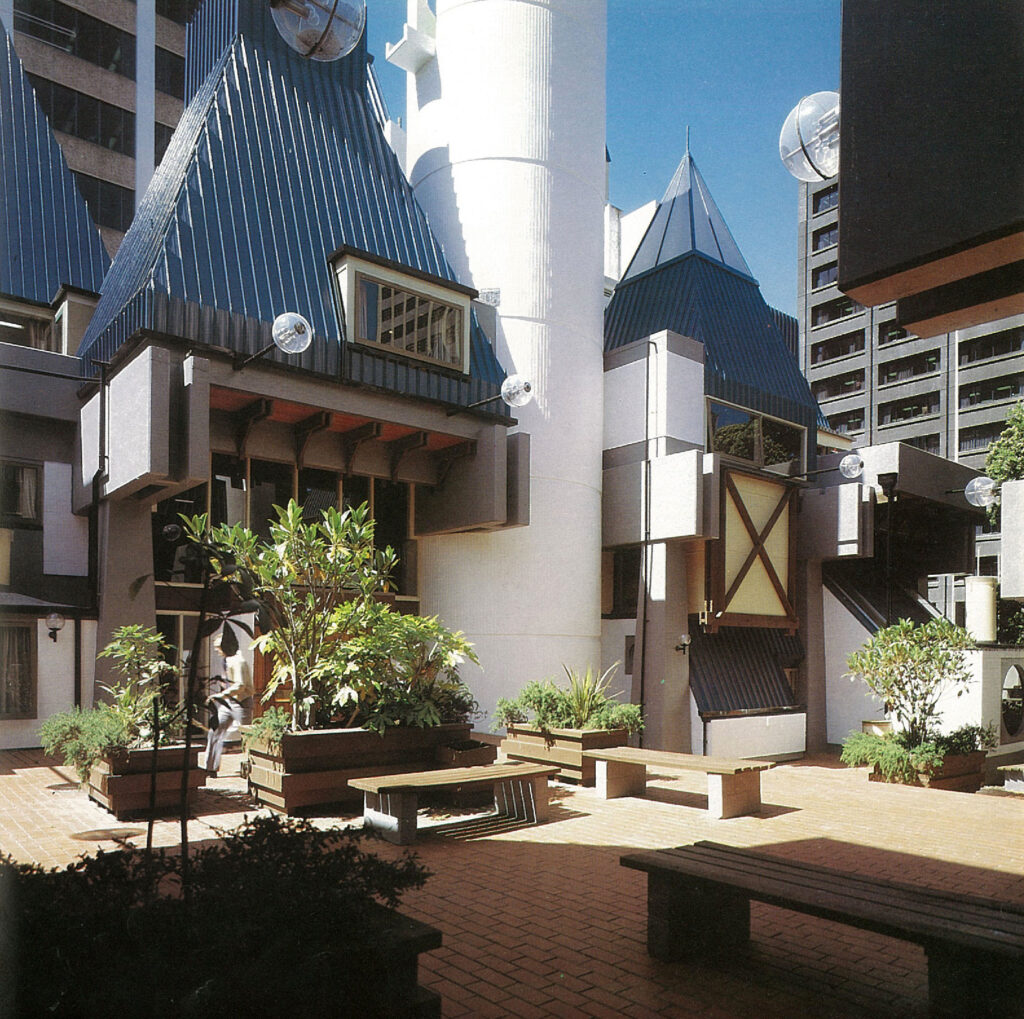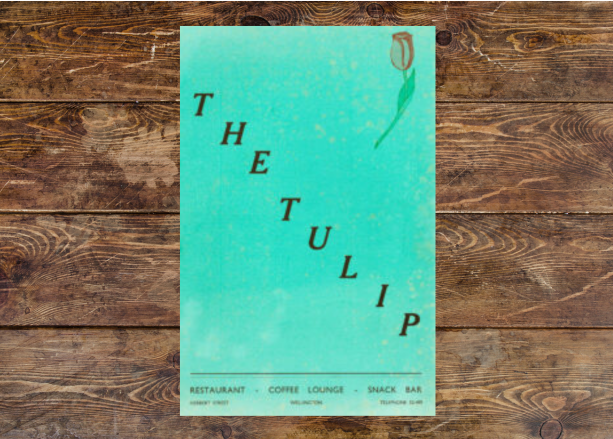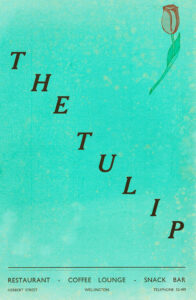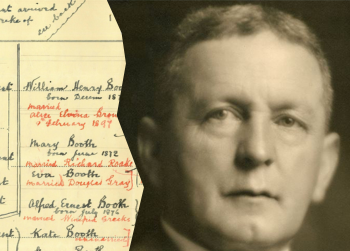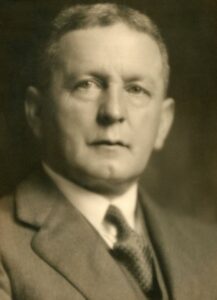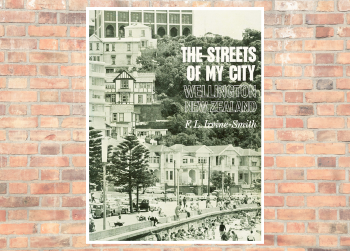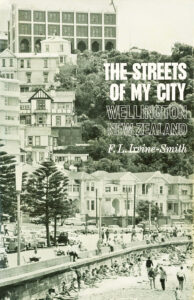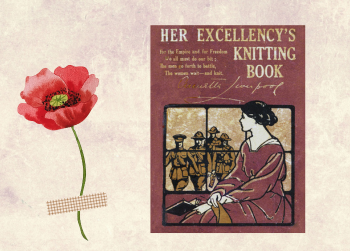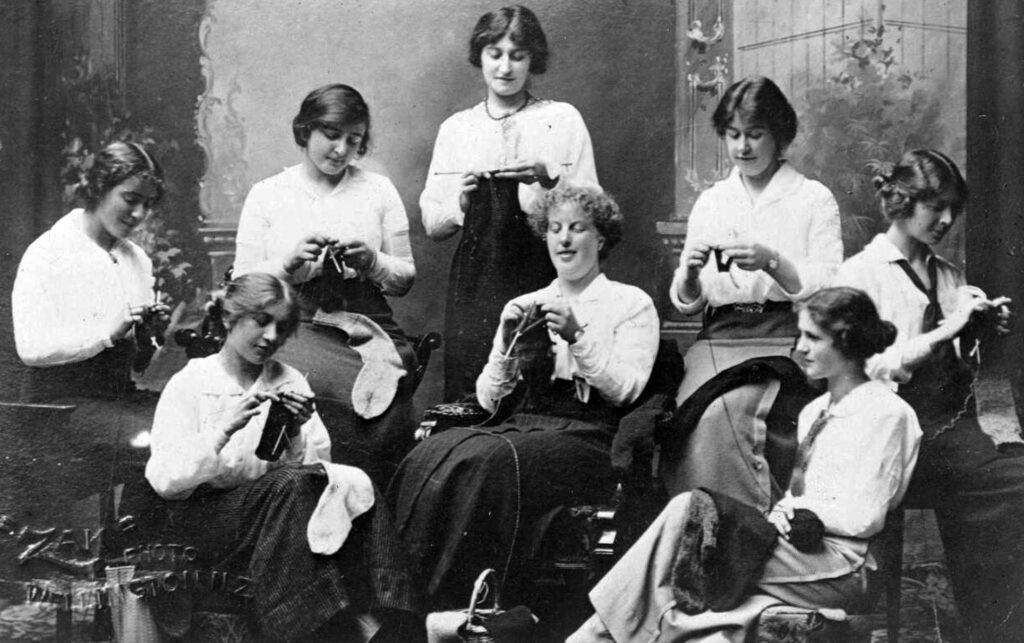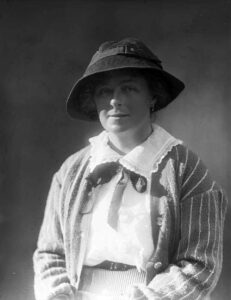Digitised for the first time is the complete collection of the weekly gazette of the Wellington Provincial Council, which offers a fascinating insight into the city and region’s early colonial history.
From 1853 through to 1876, New Zealand operated a quasi-federal system of provincial government where each province had its own mini-parliament to manage local affairs. Initially six provinces were established. The Wellington Province extended above Whanganui in the west and to Wairoa in east (though Hawke’s Bay would later split off to form its own province in 1858) but for much of the council’s existence, its focus was often concentrated in and around Port Nicholson.
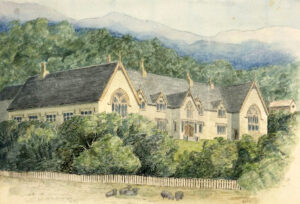
Operating from a building constructed on what was later to become the parliamentary grounds, members were chosen in regular elections which were open to men aged 21 years or older who owned freehold property worth at least £50. Voters also got to elect a ‘superintendent’ who was not a Council member but acted as a quasi-chief executive for the province. For most of its 23-year existence, the dominant superintendent was Isaac Featherston after whom both the central Wellington street and the south Wairarapa township were named. From September 1854 the Wellington Provincial Council published a near-weekly ‘gazette’, an official magazine that reported on a huge variety of different administrative concerns. For its first decade it was printed on blue paper stock by The New Zealand Spectator, a weekly newspaper based in Manners Street which had been contracted by the Council to produce the magazine. The colour chosen directly referenced that used by the British House of Commons which had all its sessional publications (known as the ‘Blue Books’) printed in this manner.
Continue reading “New online resource: the Wellington Provincial Council Gazette, 1854-1876”


